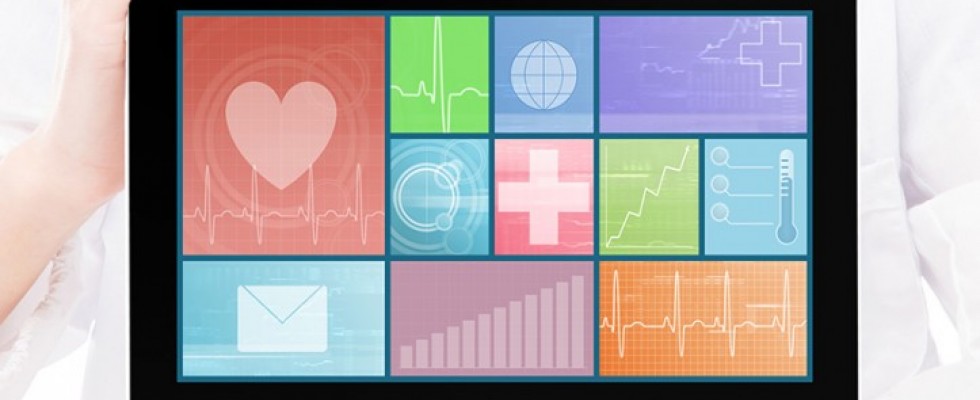
Building proprietary technology and getting employees to use it are not easy endeavors. However, tackling them is paying off for BrightStar Care CTO Jim Kearns.
Kearns has 30 years of health care experience during which he has taken hospitals from paper to automated systems. He has not only rolled out two phases of a three-phase technology implementation for BrightStar Care, he has also supervised the process of employee adoption. His tips and tricks for user adoption may help other franchisers and franchise owners who are implementing new technology.
After he started with BrightStar three years ago, Kearns presented a technology road map that followed a three-step approach:
- Provide automation of value to caregivers.
- Automate the personal care process—clinical assessment through execution of caregivers in the home.
- Automate BrightStar’s skilled care business.
With the first phase—automating tasks for caregivers—there wasn’t only a technical goal, there was a strategy to change the behavior of the caregiver. “It’s more than (implementing) time and attendance,” Kearns said. “You have to make sure persons whose jobs you’re trying to change see the value.”
1. Sell the Value of the Technology
Kearns’ first step in encouraging technology adoption was deliberately steering the technology in a direction that makes life easier for caregivers.
“Now they can log in to see shifts offered to them, to accept or decline them,” Kearns said.
“If I’m a caregiver I can also see if someone beat me to accept an offer, and then I don’t have to call in. They can get texts from the officers of the business. If it’s 8:50 a.m. and the caregiver is sick, they can send a text instead of calling in. With a paper system everyone starts calling in at once.” Kearns said.
Nevertheless, Kearns knew from previous experience there would be resistance regardless of how many bells and whistles he offered. “When I’m coaching owners in change I say, ‘You’re going to have caregivers say they don’t want to do it,’” Kearns said. “What they are saying when they say they want to quit is they are scared of change, but the change will lead to a happier workforce and you will have longer retention.”
2. Train Early and Often
To quell some of the fearfulness that Kearns anticipated, he came to the table committed to a robust training program. First, Kearns distributed a 9-month-long training schedule to the franchise owners. He took a group of 9 or 10 franchisees through a scalable, 8-week program including videos and more. “There were lots of tips sheets to help caregivers,” Kearns said. “We built a unique and customized training that is easy to follow as you hire more people.”
3. Offer One-Off Coaching When Needed
As the training continued, Kearns identified resisters and was willing to work with them individually. “I had one franchisee who was older, and it’s not uncommon that resistors are older in age,” Kearns said. “I paid a younger caregiver, who was our best worker, to take her out to lunch and walk her through it.” Kearns recalls another example of resistance that was a lesson in the importance of communication. “We were piloting the technology at a franchise,” Kearns said. “We made each office pick what they called a super user. This super user saw their whole job tied to management of time cards. This person was dragging their feet.”
“We coached office leaders to say ‘We’re not eliminating your job. We are removing hours wasted on paper.’ The leaders had to change the description so employees could understand the leaders were not trying to eliminate jobs.”
4. Dangle a Carrot
At some point, although questions should always be welcomed, the option to continue working using paper for tasks that are automated should not. “There might be incentives you could offer,” Kearns said. “Some franchisees do different things. The most effective is ‘We’re no longer taking time cards after x date.’ If you want you could offer direct deposit or gas cards.”
What Not to Do
If you think paper is inefficient, try supervising both paper and automated tasks. “The worst thing you can do is when you have people saying ‘Please don’t make me do it,’ and you cave,” Kearns said. “Coach them through it. Once they are through they will never look back…or there will be two systems you’re managing.”
What’s Next?
BrightStar finished phase two, which was automating the clinical assessment done in the client’s home via the caregiver’s laptop, using the same measures it used in phase one. Phases one and two automated the personal care side of BrightStar’s business, which accounts for 75 percent of its revenue.
The third phase is automating BrightStar’s skilled care business. Skilled care happens when someone is released, and they need nurse trach care, wound care or care for more serious medical conditions.
Although this area only accounts for 25 percent of the business now, Kearns had this area in mind when he spearheaded the technology strategy. “We see a huge future opportunity in skilled care if you look at how markets are growing,” Kearns said. “We are looking to really accelerate growth in this area.”
What About You?
“We’ve proven that tech delivers better care,” Kearns said. “We can really customize individual care plans for patient through technology. Getting rid of paper and automating saves money and increases visibility into the field.”
For Kearns, blazing the automated trail and ending its paper counterpart is about creating a win-win for BrightStar, its employees and its clients. What paths will you pursue to get the same result?
